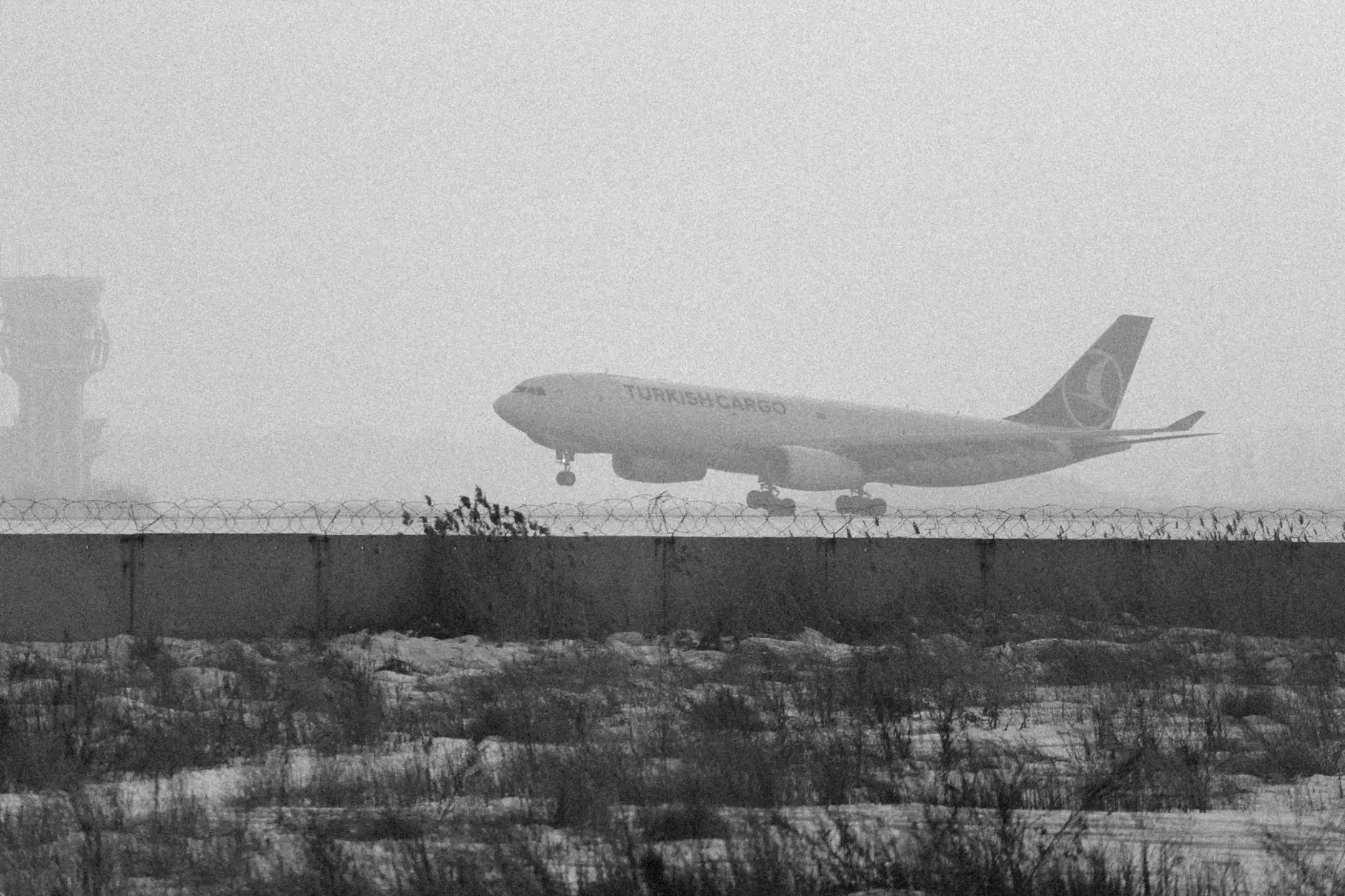Understanding Air Shipping Charges: A Comprehensive Guide

In today's increasingly globalized world, efficient transportation of goods is paramount for the success of any business. One of the most significant aspects of transportation is air shipping charges. As companies seek faster methods of transporting goods across long distances, understanding these charges becomes essential for cost management and strategic planning. In this article, we will delve deep into the various facets of air shipping, helping businesses make informed decisions that can optimize their logistics and enhance overall operational efficiency.
The Basics of Air Shipping Charges
Air shipping charges encompass the costs associated with transporting goods via air freight. These charges can vary widely based on several factors, including:
- Weight and Volume: The weight and size of the shipment significantly impact the charges. Usually, air freight is billed based on the greater of the actual weight or the dimensional weight.
- Distance: The distance between the origin and destination also affects the cost; longer distances generally result in higher shipping charges.
- Service Level: Different service levels (express, standard, etc.) cater to various urgency levels, influencing the pricing significantly.
- Type of Goods: Certain goods, such as hazardous materials or perishables, may incur additional charges due to special handling requirements.
- Time of Year: Fluctuations in demand during peak seasons can lead to increased charges.
- Carrier and Routes: Different air carriers have varied pricing structures and route options, impacting the overall cost.
Understanding Dimensional Weight Pricing
One of the most crucial concepts to grasp is dimensional weight pricing. This pricing model considers both the size and weight of your shipment to determine shipping costs. The formula used is:
Dimensional Weight = (Length x Width x Height) / Dimensional Weight Factor
In most cases, the dimensional weight is compared against the actual weight, and the higher of the two will determine the shipping charges. Businesses need to be aware of this to avoid unexpected costs that can arise from larger, lightweight packages.
Factors Influencing Air Shipping Charges
Let's explore the various factors that determine air shipping charges more thoroughly:
1. Weight and Size
As mentioned earlier, the total weight of your shipment—a combination of package weight and contents—plays a vital role in calculating charges. However, carriers also take the size of packages into account. A large package that weighs less than its dimensional weight will be billed based on the dimensional weight.
2. Nature of Goods
The type of goods being shipped can lead to different cost levels. For instance:
- Dangerous Goods: Items classified as hazardous typically require special handling, thus incurring additional fees.
- Perishable Items: These goods may require expedited shipping or temperature control, leading to increased costs.
- High-Value Goods: Shipping items with a high monetary value often comes with additional insurance requirements, which can add to the overall shipping charges.
3. Shipping Route
The selected route for transportation can also impact air shipping charges. Direct flights tend to be more expensive than those with layovers due to fuel consumption and operational costs. Businesses should evaluate whether a direct route or a more cost-effective alternative better suits their needs.
4. Destination and Accessibility
Shipping to remote or less accessible areas often incurs additional costs. The infrastructure available in the destination region can also affect charges, especially if it requires more specialized handling or transportation methods.
Understanding Freight Classifications
Freight classification systems categorize shipments based on their characteristics. The National Motor Freight Classification (NMFC) system groups items into different classes, impacting the rates charged. Familiarizing oneself with this classification is essential for cost management in air freight.
Costing Structures for Shipping Charges
Transport providers typically utilize different costing structures for their air freight services:
- Flat Rate Shipping: Suitable for predictable costs, providing clarity for budgeting.
- Weight-Based Rates: Charges are applied based on the total weight of the shipment.
- Dimensional Weight Rates: As discussed, costs are determined by dimensional weight rather than actual weight.
Negotiating Air Shipping Charges
Businesses often have the opportunity to negotiate air shipping charges, particularly if they are frequent shippers or decentralized locations. Building a strong relationship with a carrier can lead to better rates, customized services, and additional incentives.
Tips for Negotiation:
- Volume Discounts: Regular shippers can leverage volume to negotiate better rates.
- Leveraging Multiple Quotes: Obtaining multiple quotes from various carriers can provide leverage during negotiation.
- Establish a Long-Term Relationship: Building a reliable partnership with carriers can lead to better terms and pricing.
Calculating Total Shipping Costs
While the base cost of air shipping is significant, businesses must consider other charges to understand the total shipping costs fully. Some additional fees may include:
- Fuel Surcharge: This fluctuating fee adjusts based on current fuel prices.
- Customs Duties and Taxes: International shipments may incur additional duties based on the destination country's regulations.
- Handling Fees: Costs associated with loading or unloading the cargo.
Choosing the Right Carrier
Selecting the right carrier is a pivotal decision impacting air shipping charges. Consider the following factors when choosing an air freight provider:
- Reputation: A carrier with a proven track record ensures reliability.
- Network Size: This determines the carrier's ability to offer extensive service routes.
- Customer Service: Efficient customer service enhances the overall shipping experience and can ease problem resolution.
Future of Air Cargo and Shipping Charges
The air cargo industry is evolving with technological advancements and changing market demands. The exploit of technology streamlines processes, enhancing efficiency and potentially reducing air shipping charges. With innovations such as drone deliveries and automated warehouse systems, the future of air shipping holds promise for businesses seeking to optimize logistics.
Conclusion
As businesses continue to expand globally, understanding the complexities of air shipping charges becomes crucial for strategic planning and operational success. By comprehensively exploring all factors influencing air freight costs—from weight and distance to customs duties—companies can make informed decisions that optimize their shipping processes. By staying informed and proactive in negotiating with carriers and understanding the nuances of air freight, businesses can enhance their logistics capabilities while managing costs effectively. Incorporating these insights ensures a successful, streamlined shipping process that keeps business objectives on the right path.









